When I was preparing to become a mom, I knew having a baby would be stressful. But I had no idea how confusing applying for my paid leave would be. One week after I’d given birth, I found myself knee-deep in paperwork — and newborn diapers — trying to decipher what different forms meant.
One of the reasons that it can feel so confusing is because there are so many different laws that govern paid time off, says Elena Rodriguez Anderson, a staff attorney at A Better Balance who specializes in work-family policies.
As a parent, you may end up trying to decode a lot of legal jargon all while running on a few hours of sleep. Some of the terms you see — like short-term disability — might not sound like they apply to your pregnancy at all.
"It's one of those issues where there are resources out there, but people are going through serious life events and often have no idea where to look," Rodriguez Anderson says.
If you're going through this yourself, here's an essential glossary for navigating all of your leave paperwork.
Family and Medical Leave Act
This is what most people have heard of and ask for when it comes to paid leave. Also known as FMLA, the Family and Medical Leave Act is a federal law from 1993 that lets you take 12 weeks of unpaid time off for certain family and medical reasons, such as a child's birth, adoption or foster placement. It can also apply if you're experiencing pregnancy complications that mean you're unable to work.
Under the FMLA, your employer must continue offering health benefits during your time off. It also protects your job so you can come back once your leave ends; an employer can't fire, demote or punish you for taking this time off work.[1] There also can't be consequences for asking about leave rights or telling coworkers about their leave rights.
Read Next
While "the FMLA was really great for its time, it is, at this point, a 30-year-old law, and there are major gaps," Rodriguez Anderson says. It's unpaid, and many people can't afford to go 12 weeks without a salary. Plus, there are a lot of restrictions around who's covered; about 40% of Americans don't qualify.
For example, while FMLA applies to people who work for public agencies and schools, it only applies to private companies with 50 or more employees within a 75-mile radius. You also need to have worked there for at least 12 months before taking leave.
Maternity and paternity leave
Surprise: maternity and paternity leave aren't legal terms. You probably hear (and use) them all the time to describe the leave a mom or dad might take when they have a baby. Technically, though, your maternity or paternity leave is more likely going to contain chunks of short-term disability leave and other types of leave, such as regular old sick days. That's because so many different laws (at both the state and federal level) govern how much time you can take off and why, Rodriguez Anderson explains.
Short-term disability or temporary disability
Short-term disability (or temporary disability) is a type of paid leave you can take to care for your own medical condition.
Here's how it works: You typically pay into a short-term disability benefit via deductions from your paycheck. Some states require employers to do this as part of a state-run social insurance program, and you'll get it automatically. But in most states, the employer gets to decide whether to offer this option, and you'd have to opt in.[2] If enrolled, pregnant women can then use short-term disability to take time off either before or after birth, usually as the first portion of your leave.[3]
For example, short-term disability could kick in if your doctor recommends bed rest at the end of your pregnancy. It can also apply once you give birth. (C-sections typically get more short-term disability time than vaginal deliveries.) Heads up: You'll likely need to prove that you gave birth and then get a note from your doctor that you're fit to return to work when your disability leave ends.
Bonding or family leave
This leave is meant to give you time to bond with your baby, whether you're a birthing or non-birthing parent. It can be unpaid, or paid if your state or employer offers a paid family leave program. You could also potentially take unpaid bonding leave under the FMLA if you're eligible. Some state laws allow you to use leave before the birth, adoption or foster placement.







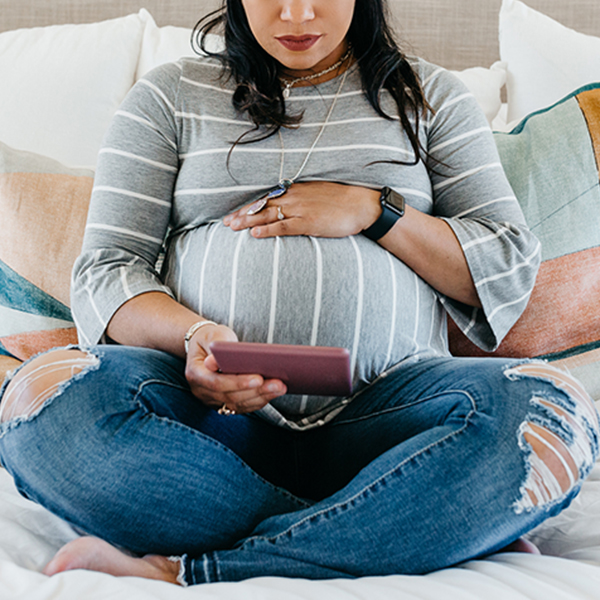








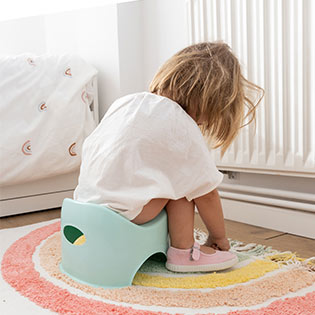


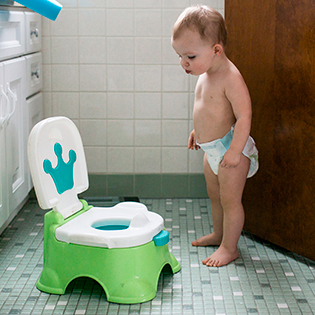




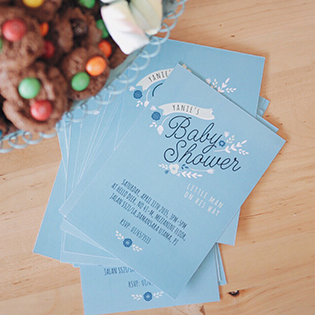






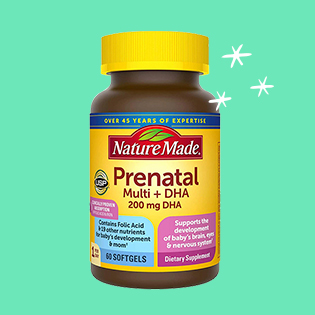


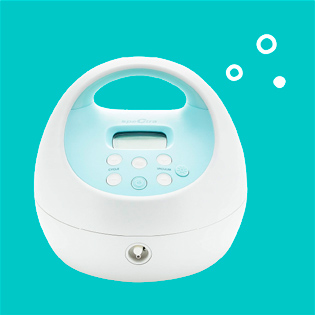










 Trending On What to Expect
Trending On What to Expect





